Prime Line
Brake pads
Every motorbike deserves Brembo
Chosen by motorbike manufacturers worldwide, these materials are developed by Brembo for original equipment.
Genuine brake pads are available in different compounds, each with a specific friction coefficient
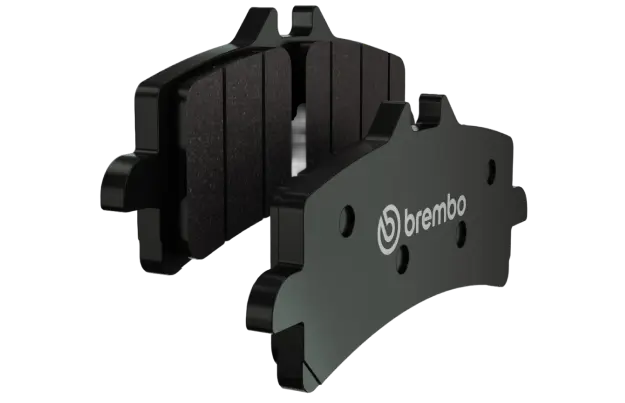

The LA sintered compound is specific for front applications and can be identified by the small white plate. Made with a compound designed for road use, it is characterised by excellent efficiency in all conditions of use. The sintered component in this brake pad generates a high friction coefficient, when cold or hot alike, for outstanding performance in terms of responsiveness. It also guarantees excellent braking stability and average durability of the brake pad (approximately 30% longer than SA).
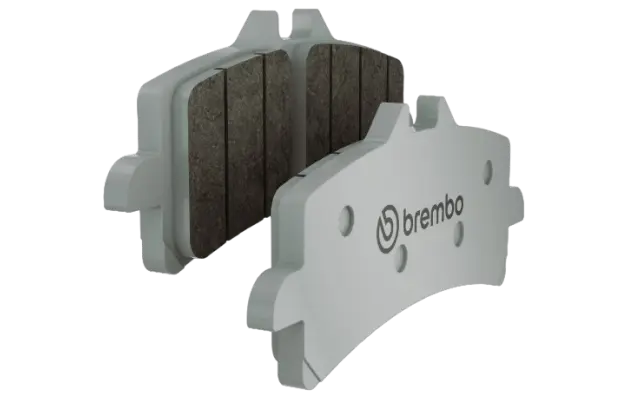
Identified by the red plate, it is a sintered compound, specific for front applications, characterised by excellent efficiency in all conditions of use. It is the ideal alternative to the original pads. It guarantees good stability under different conditions of use and low wear.

This is the evolution of the organic compound, using more carbon. High mileage and good performance both hot and cold, dry and wet, characterise this friction material. The semi-metallic organic compound displays lower friction coefficient values than the XS compound but ensures high stability and modulability, proving particularly suited to small and medium displacement scooters.

This is a sintered compound, specific for rear applications and stable in all conditions of use. It is characterised by a constant friction coefficient in all conditions of use, combined with low wear which ensures durability and adequate mileage.
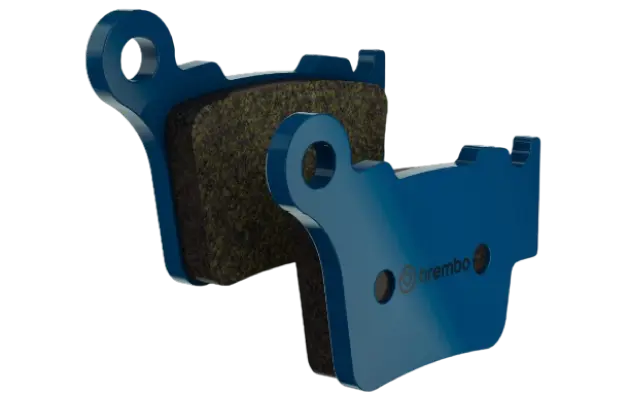
With its superior modulability, the semi-metallic matrix Carbon-Ceramic is suitable for use in off-road applications and in particular on road surfaces with poor grip.
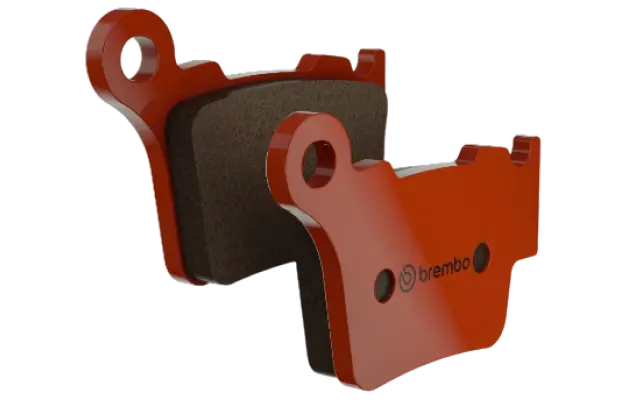
SD brake pads are the ideal choice for enduro enthusiasts. They guarantee stability and consistent performance on all types of terrain. Designed to offer maximum reliability and control even in the toughest conditions.
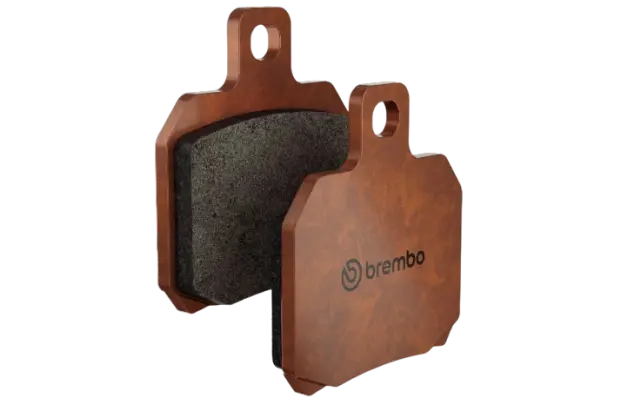
The SX sintered compound can be used for both front and rear applications. Designed to equip the latest generation of maxi scooters, it is characterised by extremely easy running-in. It provides high stability at varying speeds, even in city use.

This is the evolution of the organic compound, using more carbon. High mileage and good performance both hot and cold, dry and wet, characterise this friction material. The semi-metallic organic compound displays lower friction coefficient values than the XS compound but ensures high stability and modulability, proving particularly suited to small and medium displacement scooters.
